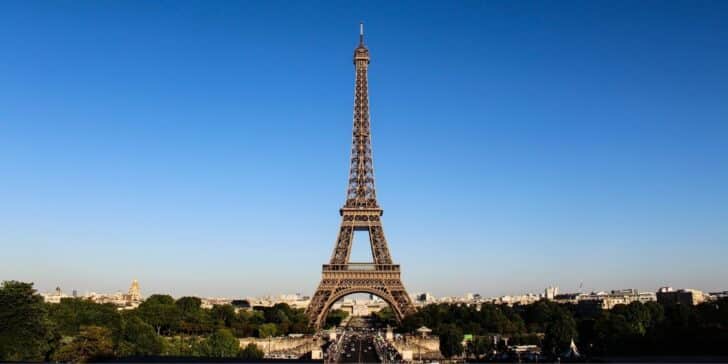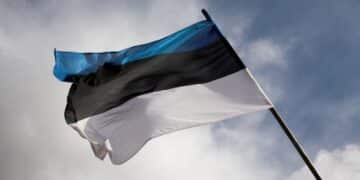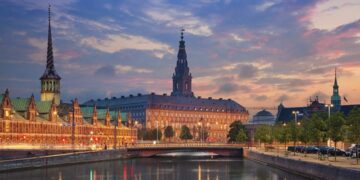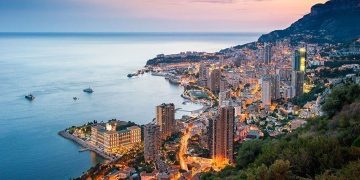The Eiffel Tower is one of the world’s most famous architectural projects to have ever been made.
It is an icon of France and attracts millions of tourists to Paris every year.
Have you ever wondered why build something so tall? Or who designed it?
Here are 12 exciting facts about the Eiffel Tower that will leave you enchanted by its invigorating history.
It was the tallest man-made structure for 41 years.
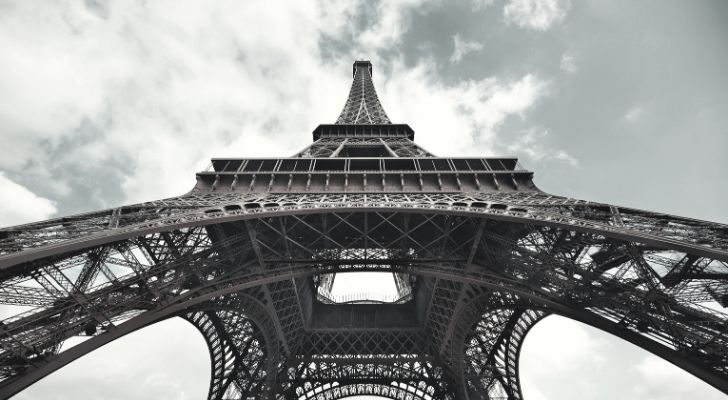
The Eiffel Tower stands at a grand 1,024 feet (312 meters) tall.
Completed on March 31, 1889, the Eiffel Tower became the world’s tallest man-made structure to exist.
41 years later the Chrysler building in New York was constructed and overtook the height of the Eiffel Tower.
An antenna was added to the Eiffel Tower which extended the height of the structure to 1,063 feet (324 meters), which meant it overtook the Chrysler building again.
Other buildings were soon constructed in the US which meant the Eiffel Tower was pushed to second tallest again.
Despite becoming the second tallest building in the world at the time, the Eiffel Tower remained the tallest in France until 1973.
This was when a military transmitter was built and its height exceeded the Eiffel Tower.
As of 2021, the Eiffel Tower is still one of France’s largest structures other than military transmitters and a viaduct.
There is an apartment inside the tower!
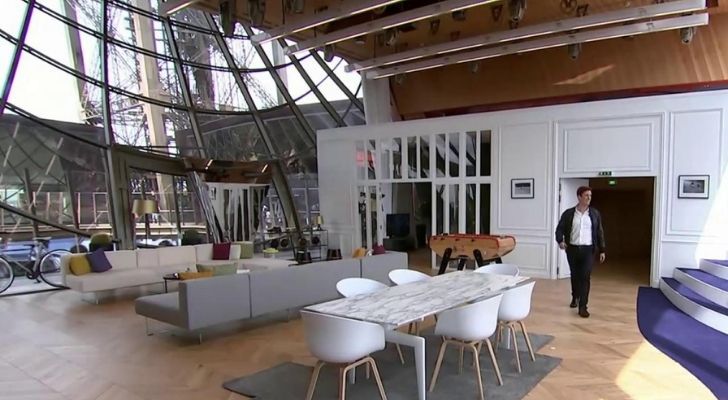
On the third floor of the Eiffel tower, there is a secret apartment.
Although Gustave Eiffel did not design the tower, he had influence in what should be included in the design.
One feature was for him to have his own private apartment inside the tower which had its own living room, bathroom, kitchen, and separate toilet.
He used it as a venue to host guests like Thomas Edison and he was often approached by rich Parisians who wanted to rent the apartment from him.
The apartment is open to the public but as a museum room, where there is a wax figure of both Gustave Eiffel and Thomas Edison.
The Eiffel Tower was only supposed to last 20 years.

The Eiffel Tower was originally built by Eiffel to commemorate 100 years since the French Revolution.
It was entered into the Exposition Universelle also known as the world fair.
The tower was designed to stay up for 20 years and then deconstructed once the fair was over and people would have lost interest, but it stayed.
There was a lot of scientific interest in the tower for its height and the possibility of it becoming a transmitting tower.
As a result, the tower remained and became an important element in radio transmission.
The first public radio program was broadcast from the Eiffel Tower in 1925.
There used to be a post office at the Eiffel Tower.
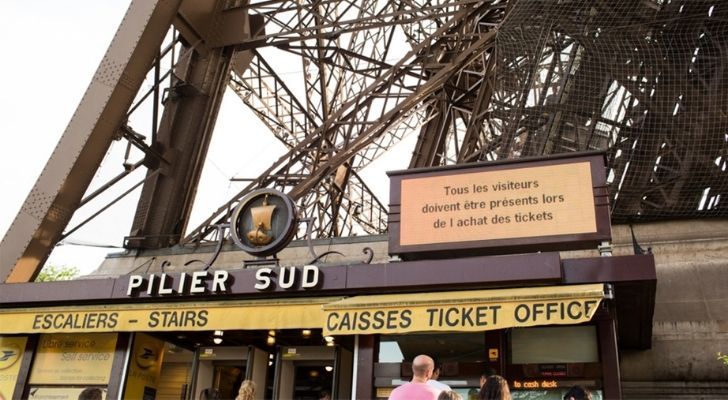
On the first floor of the Eiffel Tower, there used to be a small post office.
Sadly it is no longer there, but back in the day, you were able to post your postcards and letters from the Eiffel Tower.
The novelty allowed visitors to post from the tower back home to friends and family from a unique place.
Letters and postcards were given a special Eiffel Tower stamp as they were posted from there to their ongoing destination.
The first-ever French illustrated postcard of the Eiffel Tower was printed on-site and then sent from this post box.
The Eiffel Tower was once yellow.
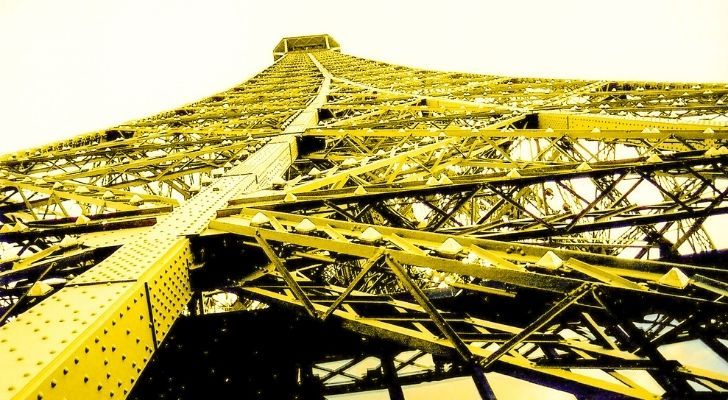
Over the years the Eiffel Tower has been painted many colors to keep up with fashion trends in Paris.
When the Eiffel Tower first opened in 1889 it was a red/brown color.
Ten years later a yellow coat of paint was added which created a yellow/brown color.
The Eiffel tower was then a chestnut brown before being painted the color it is today.
The color of the Eiffel Tower today is a paint that was specially mixed in 1968 and called Eiffel Tower Brown.
The Eiffel Tower is repainted every seven years and around 60 tons (61099 liters) of paint is used.
There is a bunker under the Eiffel Tower.
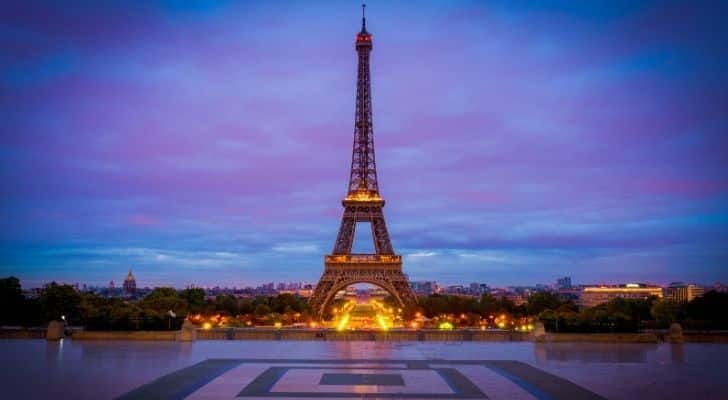
Under the south pillar of the Eiffel Tower, there is an old military bunker.
It is said that the bunker was made with a secret tunnel connecting it to the Ecole Militaire (military school) in Paris.
Although the bunker is still a bit of a mystery to the public, it is open to small groups for pre-booked tours.
Part of it has been converted into a museum where visitors can learn more about the Eiffel Tower.
It contains unique photographs of the early stages of the construction of the Eiffel Tower.
Weather influences changes to the Eiffel Tower.
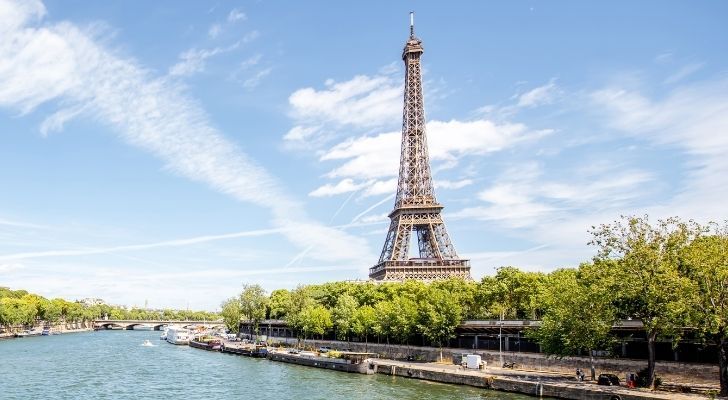
The Eiffel Tower is made of iron which means that when the temperature changes, so does the tower.
In cold weather, the iron can shrink by around 6 inches (15 centimeters) in height, meaning that the tower becomes slightly smaller.
When the weather is hot, the heat makes the iron expand and records show that it has expanded by up to 7 inches (18 centimeters) in the past.
The Eiffel Tower was designed with a hollow structure to resist wind.
However, the tower does move around 1-3 inches (2.5-7.6 centimeters) from side to side in high winds.
It will also move more if it is a hot day and the iron has expanded and become more flexible.
The Eiffel Tower was once the world’s largest billboard.
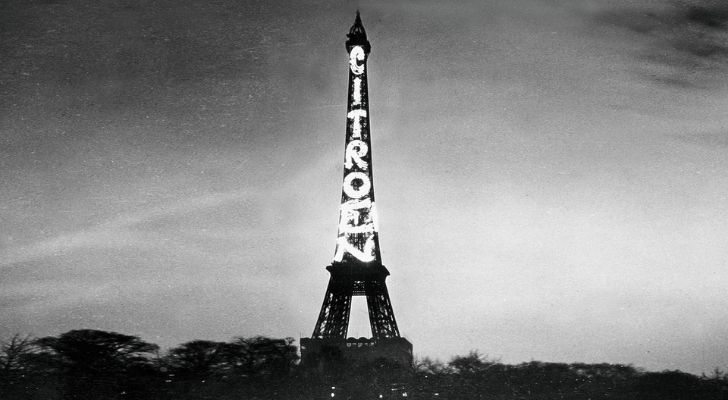
You might not think of the Eiffel Tower as being a structure for advertisement, but throughout its life, it has had many purposes.
From 1925 to 1936 the Eiffel Tower was illuminated with 250,000 light bulbs that spelled out “Citroën.”
The French car manufacturer used the Eiffel Tower as a billboard to promote their company, Citroën.
Covering a span of 100 feet (30.5 meters) each letter of the brand was illuminated from top to bottom.
The advertisement was so bright that it could be seen from 20 miles (32 kilometers) away.
In 1927 Charles Lindbergh used the bright lights as a beacon for landing after this solo trans-Atlantic flight.
Nazi’s tried to take over the Eiffel Tower.
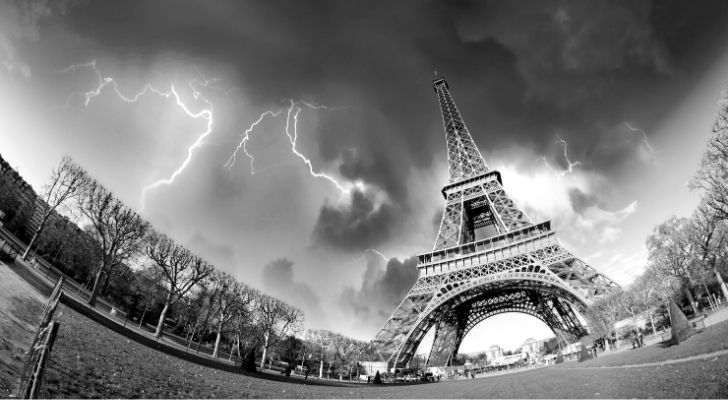
In World War II during the German occupation of Paris, an attempt to place a Swastika flag was made.
The tower was already closed to the public and lift cables had been cut to ensure reduced access to the tower.
Nazis tried to attach a large Swastika flag to the top of the Eiffel Tower to show their takeover of Paris.
The flag was so big that it immediately flew off and had to be replaced with a smaller flag.
2,500,000 rivets hold the Eiffel Tower together.
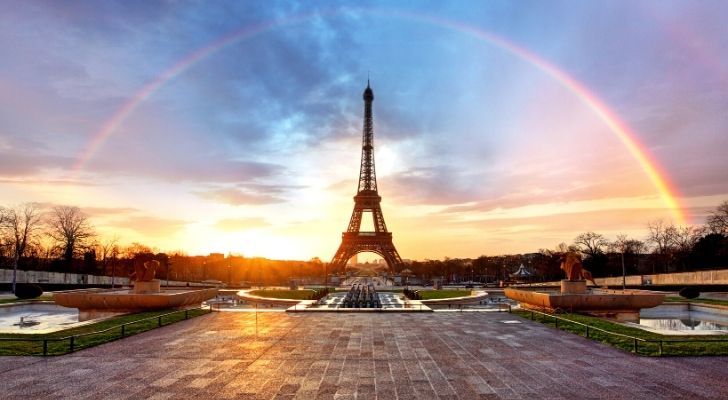
That might sound like a lot but for a structure that weighs a total of 10,100 tons (9,162,565 kilograms), it isn’t surprising.
18,038 iron parts were used during construction and the frame alone weighs 7,300 tons (6,622,448 kilograms).
Holding these parts together were 2,500,000 rivets.
The tower was a landmark piece that demonstrated the ability to construct incredible iron structures in very short amounts of time.
It only took two years, two months, and five days to build, which was revolutionary at the time.
It is one of the most visited monuments in the world.

The Eiffel Tower is known globally and is an iconic landmark of France.
The Eiffel Tower sees around seven million visitors each year.
Around 75% of visitors are foreigners which means that the Eiffel Tower is the most visited paid-for monument in the world.
The remaining 25% of visitors are French, which means that just under two million visitors have come to see one of their own national monuments.
Taking a photo of the Eiffel Tower at night is illegal.
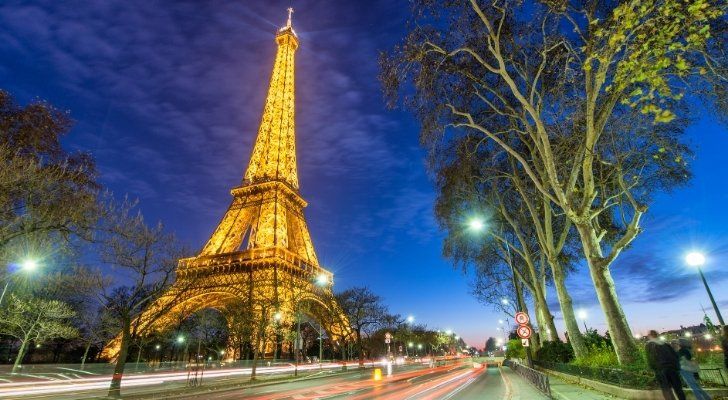
The Eiffel Tower is considered to be a work of art, and with works of art comes copyright law.
Copyright law in the European Union states that if someone holds the copyright to something, it is valid for their life and for 70 years after their death.
This means that when the Eiffel Tower’s creator died in 1923, the tower would become copyright-free after 70 years.
So from 1993, the Eiffel Tower image became copyright free and this is why the replica was allowed to be built in Las Vegas.
However, it wasn’t until 1985 when decorative night lighting was installed.
This means that the copyright is still very much in date, so it is illegal to take photos of the Eiffel Tower after dusk.
Although it is highly unlikely for you to be taken to court for taking a nighttime photo of the Eiffel Tower for personal use, it is possible to be prosecuted for a commercial shot.
The Eiffel Tower is one of the most famous monuments in the world and it will most likely remain a top place to visit for many years.
Paris holds a reputation of being a city of romance and the Eiffel Tower has become one of the building blocks to creating this image.
Although the Eiffel Tower was not intended for a long-term attraction, it has attracted people from all over the world to experience its vast structure.

